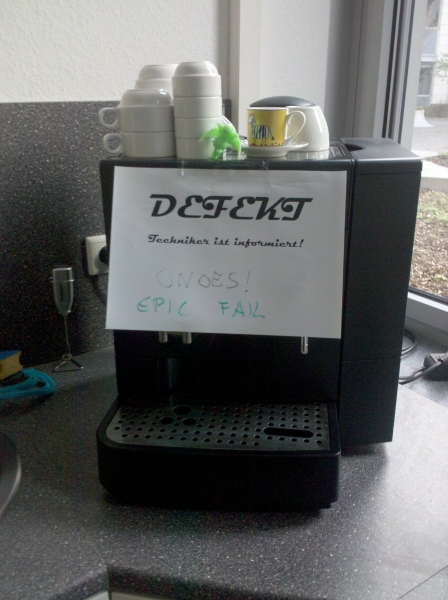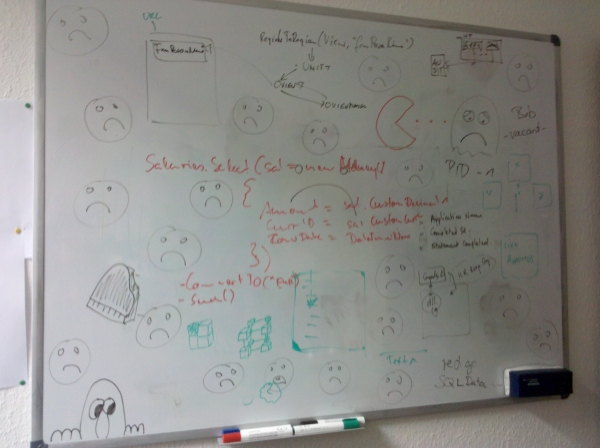Right now I’m writing this on a Dell Inspiron 11 inch notebook with Windows 7. Which is light green, because, as you might or might not know about me, I have a thing for light green. I’m also waiting for the Android app for Squarespace for my Motorola Milestone (or Droid for the US readers).
Which is another way of saying: I do not really use a Mac notebook and I don’t have an iPhone.
On the other hand and to be fair: I do own a three year old MacBook and I also do own an 2nd generation iPod touch.
However, when lately I had to make a choice what kind of new computer I wanted to buy and what smart phone I wanted, I did choose a Windows laptop and an Android phone.
There are a couple of reasons why I didn’t go for the obvious choice of buying Apple products.
1. I never hated Windows. Sure, I’ve seen my fair share of computer crashes and blue screens of death, but I never had the system fail completely on me. I grew up with Windows using it since I was in my teens and so far I’ve been fine with it. And I kind of dig Windows 7.
2. More than that, I don’t believe that you have to be either or. I can see the merits of an Apple computer (mostly because I have one) and I love my iPod touch. But that doesn’t mean that I have to stick to Apple. The surprising truth is: You can have both! What a concept.
3. I use a Windows system for work and I like to play around with some stuff away from work which I can’t do on a Mac OS. (I know that I can run a Windows OS on an Apple PC, but to me that seems like an option I would consider if I absolutely wanted a Mac. Which I don’t.)
But there are a couple of other reasons, too.
4. Apple products are expensive. An unlocked iPhone still costs around 600 to 700 Euro and you can’t even get one in Germany as far as I’m aware. MacBooks got a bit cheaper, but the smallest ones are still costlier than some of the better equipped Windows laptops.
5. Currently, the iPhone in Germany is attached to T-Mobile exclusively. And the data plans suck. I know, because my husband has an iPhone. He pays about twice as much monthly than what I pay. Admittedly his plan includes a few extra options that I miss and his connection speed is a bit faster, but it still doesn’t justify the price difference for me.
6. I wanted a small simple laptop with acceptable speed and performance and no frills, other than being light green. Basically I wanted something to carry around all the time. An 11 inch screen is perfect for me. It’s big enough to work as a screen for most of the tasks and I can still connect it to a bigger screen on my desk. The smallest MacBook is still a 13 inch which was just a tad too much.
7. The restrictiveness of both the Mac OS and the iPod started to bug me. Maybe I never got around to really learning my Mac skills, but it was a feeling that repeatedly left me frustrated.
8. Slide-out keyboard. Just saying.
So far I haven’t regretted my choice. I’m absolutely and completely in love with my Dell notebook. It’s with me all the time and I use it all the time. Windows 7 also is a great OS to work with. No complaints here so far as well.
Coming from an iPod touch it took me a while to switch to the Android (not as a phone, but as a small computer). I still use the iPod for music and videos, but that might change in the future, too. I even started to play around with Android development, which seems like a developer’s dream compared to my short-lived experience with iPhone development.
I plan to write more about the actual advantages and drawbacks of each system. For now, just leave it at: I have a Dell notebook and a MacBook laptop as well as an Android phone and an iPod touch. I am neither an Apple fangirl nor am I a Windows or Google groupie. And that’s totally fine with me.

